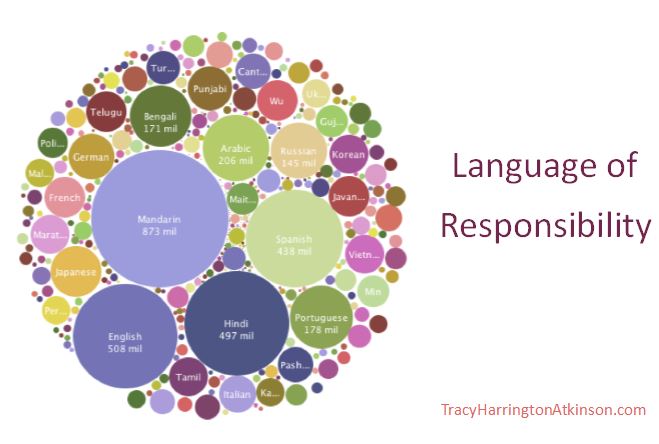 All of us have those voices inside of ourselves that influence our attitudes and our behaviors. Some of these voices can be associated with positive behaviors that are positive and encouraging while others are negative and even demeaning. Choosing which voice we choose listen to influences our attitude.
All of us have those voices inside of ourselves that influence our attitudes and our behaviors. Some of these voices can be associated with positive behaviors that are positive and encouraging while others are negative and even demeaning. Choosing which voice we choose listen to influences our attitude.
- victim
- creator
Victim Voices
- Inner Critic
- Inner Defender
Inner Critic
- “Well, that was stupid.”
- “I’m so stupid.”
- “I never get anything right.”
Inner Defender
In contrast, there is the Inner Defender. The Inner Defender is going to blame somebody else, complain about somebody else or demean somebody else. The intention of the Inner Defender is simply to push off any punishment.
An idea of an Inner Defender would be:
- “You didn’t give me all of the instructions.”
- “I didn’t realize the test was today.”
- “The communication get out.”
- “You didn’t give us the right information.”
Creator Voice
- “I did this but I can know how to correct it.”
- “I’m sorry that was my fault. Let me see what I can do to fix this.”
 Tracy Atkinson, mother of six, lives in the Midwest with her husband and spirited long-haired miniature dachshunds. She is a teacher, having taught elementary school to higher education, holding degrees in elementary education and a master’s in higher education. Her passion is researching, studying and investigating the attributes related to self-directed learners and learning styles. She speaks at conferences on learning styles and has published several titles, including MBTI Learning Styles: A Practical Approach, The Art of Learning Journals, Calais: The Annals of the Hidden, Lemosa: The Annals of the Hidden, Book Two, Rachel’s 8, The Personal Pursuit of Perfection and Securing Your Tent. She is currently working on a non-fiction text exploring the attributes of self-directed learners: The Five Characteristics of Self-directed Learners. Check out her online courses at: Udemy.
Tracy Atkinson, mother of six, lives in the Midwest with her husband and spirited long-haired miniature dachshunds. She is a teacher, having taught elementary school to higher education, holding degrees in elementary education and a master’s in higher education. Her passion is researching, studying and investigating the attributes related to self-directed learners and learning styles. She speaks at conferences on learning styles and has published several titles, including MBTI Learning Styles: A Practical Approach, The Art of Learning Journals, Calais: The Annals of the Hidden, Lemosa: The Annals of the Hidden, Book Two, Rachel’s 8, The Personal Pursuit of Perfection and Securing Your Tent. She is currently working on a non-fiction text exploring the attributes of self-directed learners: The Five Characteristics of Self-directed Learners. Check out her online courses at: Udemy.

Comments are closed